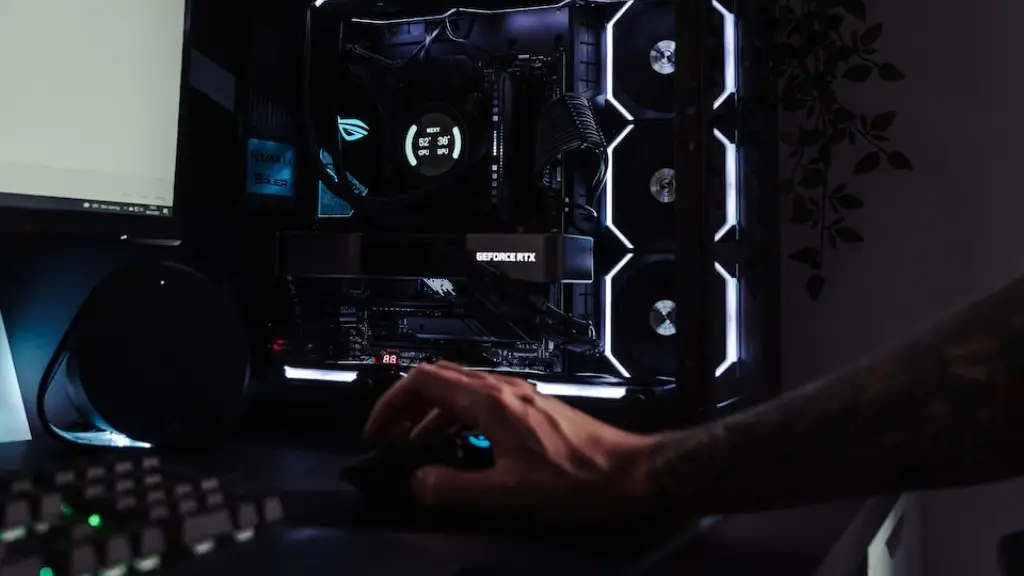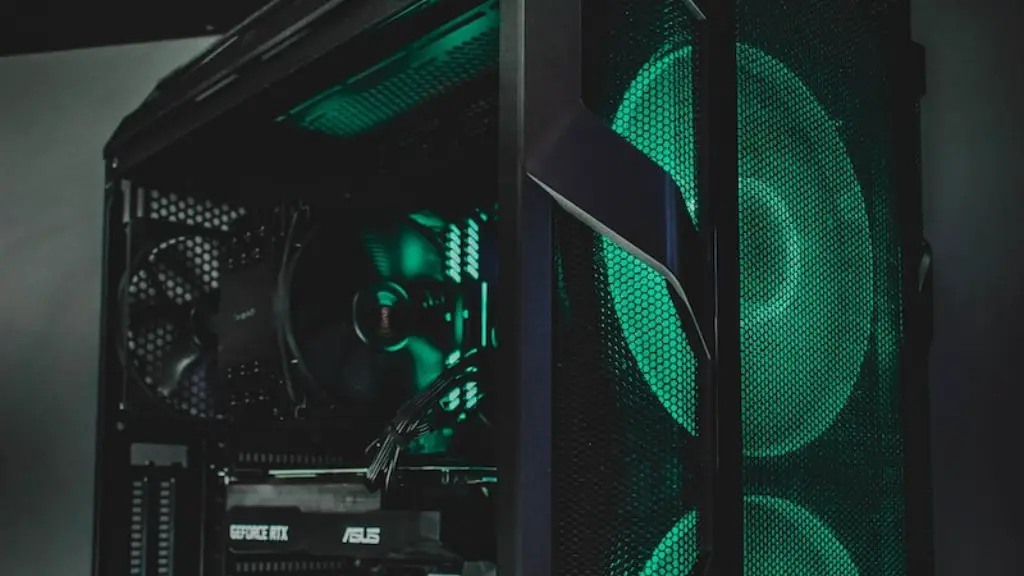Installing Windows on a gaming PC can be daunting, but with the right knowledge and some patience, you can do it yourself. Windows installation is a fairly straightforward process, but there are some tips and tricks to ensure that you do it correctly. Here is how to install Windows on a gaming PC.
First, you will need to get your hands on a copy of Windows. You can buy it from Microsoft or from any major retailer. Once you have the software, you will want to make sure your system meets the minimum requirements for Windows. This includes making sure that you have enough RAM and storage space for the software.
Second, you will want to back up all of your important data before proceeding with the installation. This is especially important if you are planning on installing Windows on a gaming PC, as the files and settings may be different from your regular PC. Once the backup is complete, you can proceed with the installation.
Third, you should prepare your gaming PC for the installation process. This includes making sure that your computer is disconnected from any other networks, and that it is up-to-date. It is also important to ensure your graphics card is supported by Windows. This can be done by going to the manufacturer’s website and downloading the latest drivers.
Fourth, you will need to insert your Windows installation disc into your system. Your system will usually recognize the disc and show a menu with options. Choose the option to install Windows, and follow the instructions. This may include selecting some customization options for your system.
Fifth, you will need to complete the installation process. When this is finished, your system will reboot, and you will be asked to enter the product key to activate Windows. Once this is complete, your system should be ready to use.
Lastly, you will need to make sure that all of your drivers and software are up-to-date. This will ensure that your system won’t have any compatibility issues. You should also make sure you have the latest Windows updates installed. This will ensure your system is kept secure and running smoothly.
1. Requirements
Before installing Windows on a gaming PC, it’s important to determine the system’s requirements. You should consult the manufacturer’s website to ensure the system has the minimum RAM and storage requirements necessary to run Windows. For example, a PC with 4GB RAM and 250GB HDD is likely suitable for Windows 10. Additionally, it’s important to determine if the graphics card is supported by Windows. Many PCs already come with up-to-date graphics card drivers installed, but if not, you may need to install the correct drivers.
2. Data Back Up
Before starting the installation process, it’s important to back up all user data. Installing Windows on a gaming PC requires making changes to the existing system. These changes could delete or alter user data, so a back-up is necessary. It’s best to use some form of external storage for your back-up, such as a USB drive or online cloud storage.
3. Shut Down Network Connections
If your gaming PC is connected to the internet or a Local Area Network (LAN), it’s important to disconnect it before starting the installation process. This will reduce the chances of interference or corruption during installation, and can prevent accidental downloads or alterations to the PC’s settings.
4. Insert Installation Disc
Once your gaming PC’s hardware is ready, you can insert the installation disc. Most PCs will recognize the disc and show a menu of options. If the disc is authentic, selecting the option to install Windows should be straightforward. If the disc does not work, contact the manufacturer for a replacement as soon as possible.
5. Complete Installation Process
The installation process should not take very long, and once it is complete, your gaming PC will reboot. At this point, you may be asked to enter a product key in order to activate Windows. This key can usually be found in the product packaging, or on your certificate of authenticity. Once completed, Windows should be ready to use.
6. Install Updated Drivers
Now that Windows is installed, you need to make sure that all drivers and software are up-to-date. This will help to ensure compatibility between the PC and Windows. In addition, it’s recommended to install the latest Windows updates. These include important security patches as well as improved features and performance.
7. Perform Tests and Maintenance
Once Windows has been successfully installed and all drivers are up-to-date, you should run some tests to ensure everything is running smoothly. Also, you should begin regular maintenance to ensure that your PC runs optimally. This includes cleaning out old files and temporary files, scanning for and removing any viruses, and keeping the system secure.


